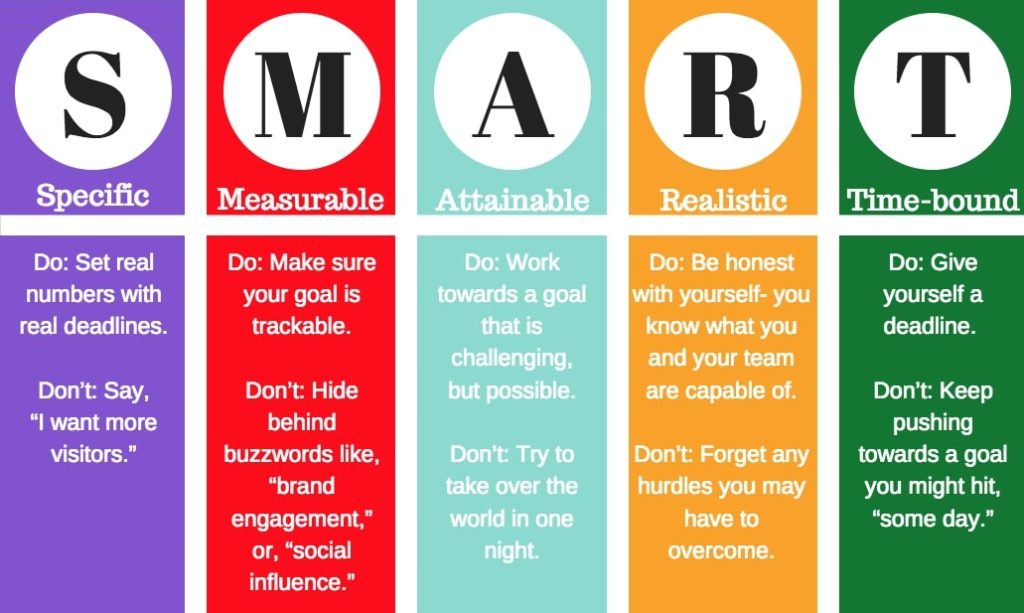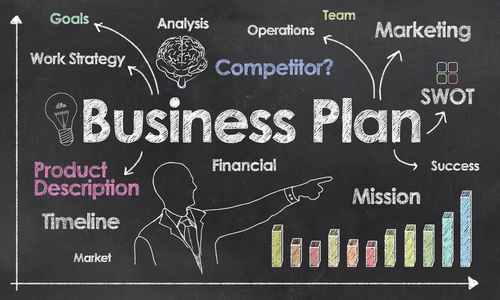
Your Faith-Based Business Part Four
Last week we had a deep dove into your marketing plan, and how to get the “good news” of your business to the masses. We looked at market research, marketing goals and objectives, defining your target customer, and marketing budget and timeline. As we are going on another deep dive this week, it will be into the waters of financial planning. Your financial plan is a statement that is also meant to convince not only you but potential investors or lenders of how profitable your business will be. A solid financial plan will include the goals that your business will have and will explain how these goals will be achieved. What is included in this section of your business plan we will explain in detail:
- Personal Financial Statement
- Cash Flow Statement
- Startup Expenses
- Profit and Loss Projection (12 Month)
- Three Year Financial Projection
- Break-Even Analysis/Exit Strategy
- Repayment Plan
Personal Financial Statement
Your personal financial statement is primarily for lenders or investors. For lenders, it will include your credit reports, as lenders want to look at what is considered the five c’s of credit:
- Credit- Each owner’s credit reports
- Capacity – The owner’s debt-to-income ratio
- Capital – The amount of cash the owner must put into the business
- Collateral – Any assets that can be used to secure any loan
- Conditions – The term of the loan and the interest rate
It may be required that you may need to use some of your savings to assist in financing the business, so it is important that you are transparent in this section.
Cash Flow Statement
Your cash flow statement is an explanation on how funds are coming into the business every month. If you are a service business, you may not get paid for up to ninety days, so you must take this into consideration that revenue often will trail sales, depending on the type of business you are operating. It shows your behavior with money, are you conservative or spend heavy.
Startup Expenses
This section will require extensive research before you can open the doors of your business. This will be an estimation of all your costs that will be needed to open the doors of your business. Your business may cost more than you might have anticipated, so it is imperative that you have created a cushion in your budget for contingencies. Be sure that you mention this as its own line item, so that it is not over inflating your costs. It is suggested that 20 percent of your total startup costs. It is also suggested that you provide as much information on how you arrived at these costs and how much is needed to begin operations.
One Year Profit and Loss Statement
P&L Statement is the abbreviated name for the cornerstone of your plan. It contains the combination of ALL your revenue and expenditures, and it contains the blueprint for what you expect the next 365 days will look like. You will show what monthly sales, cost of goods payroll expenses. It is best explained in a written statement and assumptions foremost, followed by your spreadsheet with the numbers listed and calculated. It is a good idea to tailor your P&L statement based on the type of business that you have, sole proprietorship or LLC for example.
Three Year Projection
With the three-year projection you will want to include how you explain the growth of your business. It is recommended that you are conservative when you are calculation what your growth rate is. Having a 10-15% rate is highly recommended, but you also should consider using a conservative rate on expenses as well, to attribute for inflation. If you are seeking to raise capital for your business, this will provide bankers and investors a clearly defined roadmap of how to expect their Return on Investment (ROI). It will lay out how the loan or investment will render profits to pay off loans and investors. It will also have written statement and spreadsheet data like the twelve-month P&L statement.
Your projection should analyze the following:
- Your Checking account balances forwardly
- Cash flow; Sales and inventory purchases especially seasonal inventory
- Working capital adequacy – how much cash on hand is needed for daily operations
- How do you make money? Is revenue daily or with services rendered?
- Loan payments
- Quarterly tax payments
- Maintenance costs of assets and purchasing costs of equipment
- Owner’s draw – How much will you pay yourself?
- Retainers’ fees – attorney, and accountant fees
Break-Even Analysis
The break-even point is when your business has recovered all costs. It is the threshold when your business has passed the line of operating at a loss versus operating at a profit. Daniel Richards mentions that for a startup business, this is not expected to happen overnight, but potential investors want to see that you have a date in mind and that you can support that projection with the numbers you’ve supplied in the financial section of your business plan.
References:
- (2022, August 23). How to write the Financial Plan in Business Plan? Wise Business Plans®. Retrieved September 27, 2022, from https://wisebusinessplans.com/financial-plan-in-business-plan/#Sales_Forecast
- Segal, T. (2022, September 8). 5 Cs of Credit: What they are, how they’re used, and which is most important. Investopedia. Retrieved September 27, 2022, from https://www.investopedia.com/terms/f/five-c-credit.asp
- Davidson, E. (2016, October 26). Examples of three-year business projections. Small Business – Chron.com. Retrieved September 27, 2022, from https://smallbusiness.chron.com/examples-threeyear-business-projections-22351.html
- (n.d.). photograph. Retrieved from https://missionwealth.com/wp-content/uploads/2019/04/shutterstock_7323363791.jpg.








:max_bytes(150000):strip_icc()/GettyImages-172202691-59493b845f9b58d58a6daa02.jpg)
